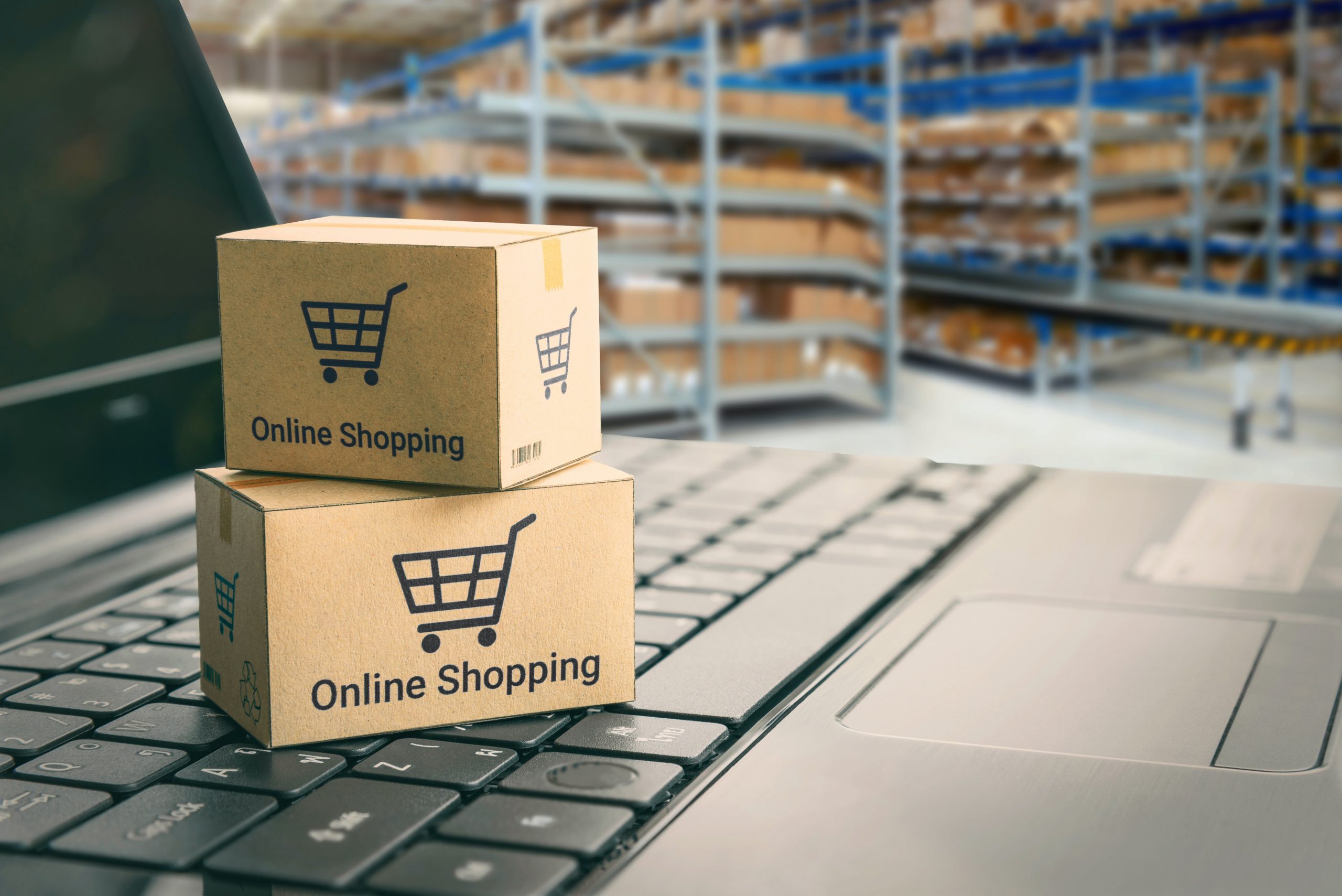In the ever-evolving world of e-commerce and retail, businesses are constantly exploring new models to maximize efficiency, reduce costs, and meet consumer demands. Dropshipping and traditional retail are two distinct approaches, each with its own set of advantages and challenges. This comprehensive guide compares dropshipping and traditional retail, providing insights to help you decide which model is best suited for your business in 2025.
Understanding Dropshipping
Dropshipping is an e-commerce fulfillment method where the retailer does not keep products in stock. Instead, when a customer places an order, the retailer purchases the item from a third-party supplier, who then ships it directly to the customer. The retailer essentially acts as a middleman, managing the sales and marketing aspects without handling the inventory.
Key Features of Dropshipping
- No Inventory Management: Retailers do not need to purchase or store inventory, reducing overhead costs.
- Lower Startup Costs: Minimal initial investment is required, making it accessible for entrepreneurs.
- Flexibility: Retailers can offer a wide range of products without worrying about storage space.
- Risk Mitigation: Reduced financial risk as products are purchased only after a customer places an order.
Understanding Traditional Retail
Traditional retail involves buying products in bulk from manufacturers or wholesalers, storing them in a warehouse or physical store, and then selling them to customers. Retailers manage the entire supply chain, from inventory management to order fulfillment.
Key Features of Traditional Retail
- Inventory Control: Retailers have full control over their inventory, allowing for better quality control and customer satisfaction.
- Branding Opportunities: Owning the inventory enables retailers to customize packaging and branding, enhancing the customer experience.
- Bulk Purchasing: Buying in bulk often leads to discounts and better profit margins.
- Immediate Fulfillment: Orders can be fulfilled quickly since products are already in stock, leading to faster delivery times.
Dropshipping vs. Traditional Retail: Pros and Cons
Pros of Dropshipping
- Low Initial Investment:
- Minimal upfront costs as there is no need to purchase inventory.
- Lower financial risk, making it easier for new businesses to start.
- Reduced Overhead:
- No need for warehousing, reducing storage and handling costs.
- Fewer employees required for inventory management and order fulfillment.
- Product Diversity:
- Ability to offer a wide range of products without the constraints of storage space.
- Easy to test new products and adapt to market trends without significant financial commitment.
- Scalability:
- Easier to scale the business without the need for additional storage space or significant investments in inventory.
Cons of Dropshipping
- Lower Profit Margins:
- Higher per-unit costs compared to bulk purchasing, resulting in lower profit margins.
- Reliance on third-party suppliers, which may affect pricing and availability.
- Less Control Over Inventory:
- Lack of control over inventory quality and availability.
- Potential for stockouts and shipping delays, impacting customer satisfaction.
- Branding Challenges:
- Limited ability to customize packaging and branding, affecting brand identity.
- Dependence on suppliers for order fulfillment, which can impact the customer experience.
- Customer Service Issues:
- Difficulties in handling returns and exchanges, as products are shipped directly from suppliers.
- Potential for miscommunication and delays in resolving customer issues.
Pros of Traditional Retail
- Higher Profit Margins:
- Ability to negotiate bulk discounts, leading to better profit margins.
- Control over pricing and inventory, allowing for strategic pricing strategies.
- Inventory Control:
- Full control over inventory quality and availability.
- Ability to manage stock levels and ensure product consistency.
- Branding Opportunities:
- Customizable packaging and branding, enhancing the overall customer experience.
- Control over the entire supply chain, allowing for a cohesive brand identity.
- Customer Service:
- Faster order fulfillment and delivery times, leading to higher customer satisfaction.
- Easier to handle returns, exchanges, and customer inquiries directly.
Cons of Traditional Retail
- Higher Initial Investment:
- Significant upfront costs for purchasing inventory and warehousing.
- Greater financial risk due to the investment in unsold stock.
- Storage and Handling Costs:
- Expenses related to warehousing, including rent, utilities, and employee salaries.
- Costs associated with inventory management, such as storage, handling, and security.
- Limited Flexibility:
- Challenges in adapting to market trends and consumer demands due to inventory constraints.
- Difficulties in testing new products without significant financial commitment.
- Scalability Challenges:
- Scaling the business requires additional investments in storage space and inventory.
- Potential for overstocking or understocking, impacting profitability and cash flow.
Choosing the Right Model for Your Business
When deciding between dropshipping and traditional retail, consider the following factors:
- Budget and Financial Risk:
- Dropshipping is ideal for businesses with limited initial capital and a lower tolerance for financial risk.
- Traditional retail suits businesses with sufficient capital to invest in inventory and manage storage costs.
- Control and Branding:
- If you prioritize control over inventory quality and branding opportunities, traditional retail is the better choice.
- Dropshipping offers less control but provides flexibility and lower overhead costs.
- Product Range and Market Adaptability:
- Dropshipping allows for a diverse product range and easier adaptation to market trends.
- Traditional retail may limit product diversity due to storage constraints but offers better control over inventory.
- Customer Experience:
- Traditional retail provides faster order fulfillment and better customer service, enhancing customer satisfaction.
- Dropshipping may lead to shipping delays and challenges in handling returns, impacting the customer experience.
- Scalability:
- Dropshipping is easier to scale without significant investments in inventory and storage.
- Traditional retail requires careful planning and investment to scale effectively.
Conclusion
Both dropshipping vs traditional retail have their advantages and challenges. The best model for your business depends on your budget, goals, and priorities. Dropshipping offers low startup costs, flexibility, and scalability, making it an attractive option for new businesses. Traditional retail provides higher profit margins, better control over inventory and branding, and superior customer service, making it suitable for established businesses with sufficient capital.
By carefully considering the pros and cons of each model and aligning them with your business objectives, you can make an informed decision that sets your business up for success in 2025 and beyond.

